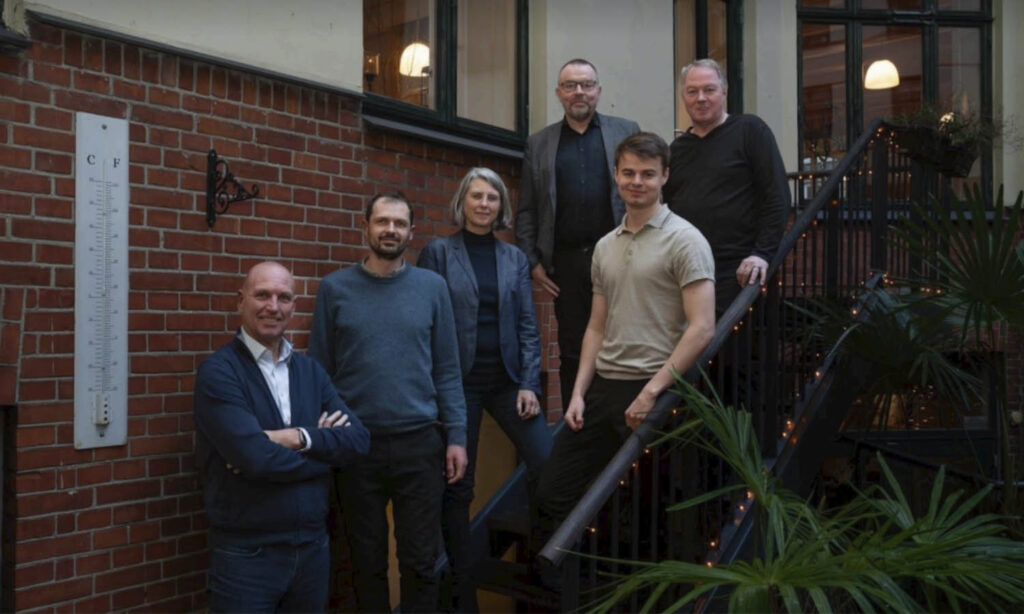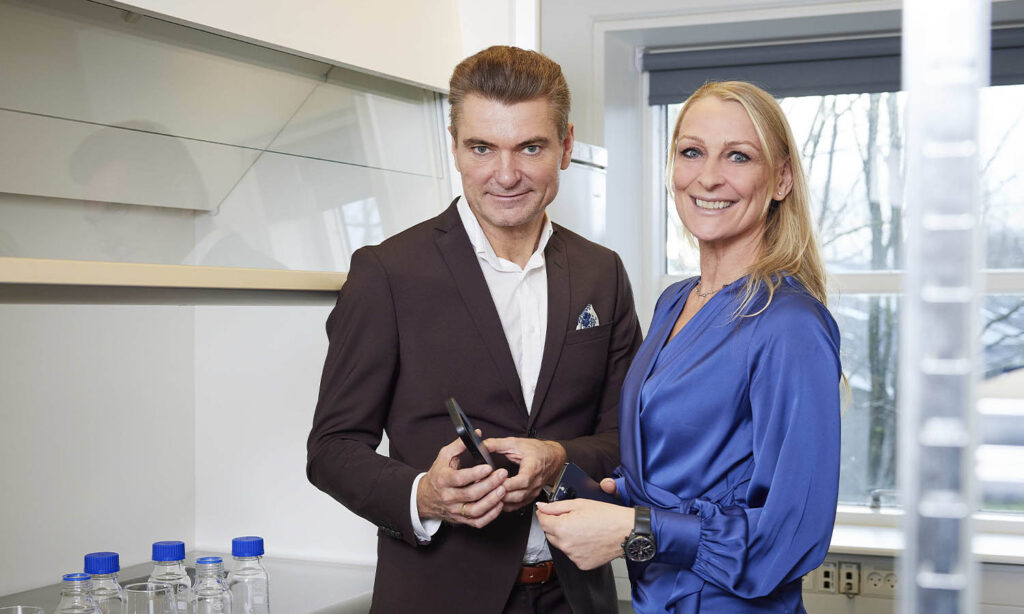We need to “look at all the business lines and the operations in which we are engaged in order to tackle climate change. Because at the end of the day, money talks,” Christine Lagarde, President of the European Central Bank, told Financial last summer Times. She warned that the green transition is inextricably linked to capital market investments.
In Denmark, capital and climate are also increasingly connected. Last year, the Danish Financial Supervisory Authority announced that climate change and sustainability were now “central aspects of the Authority’s core task” in the supervision of the financial sector.
And that is only positive, says Michael Zöllner, director of Denmark’s Green Investment Fund (DGIF); an independent government loan fund established in 2015, managed by Vækstfonden with a mandate of DKK 8 billion and the ambition to offer risk capital to promote green and socially sustainable change.
“We are in this world to accelerate the path to a sustainable use of the earth’s resources. Because we have to transform the way we are present on the planet. And to that end, there is no way around the market. We need to get the green transition to meet good business if we are to make a chance at the scale and speed we need both nationally and internationally,” says Zöllner.

Still, it is not straightforward. Because how do you calculate something as uncertain as CO2 reduction or impact exactly – and without letting it count twice in another account?
The key word is transparency. And in the long run a common standard, according to Denmark’s Green Investment Fund.
“It is well known that there are many dilemmas in the way sustainability, reduction and impact are calculated. We are constantly working on this ourselves as well. That is why we need more common standards, clarity and transparency. Right now, a lot of capital is being sought after in green projects and technologies, and we need to have precise impact ratios – just like we have on the financial side after many years of development. In the long run, impact will be crucial in raising capital, « says Michael Zöllner.
Common scales must pave the way for green capital
It is precisely the common standards that the EU is trying to address, if the objectives of the Paris Agreement are to be met. In March, the union introduced a new taxonomy with classification of environmentally sustainable economic activities depending on six different environmental objectives, criteria and added new corporate disclosure obligations. The ambition is to make green key figures more transparent and pull capital in a more sustainable direction.
And according to DGIF, they ‘lean on’ the EU’s latest taxonomy. Five criteria in particular apply when the fund provides new loans.
“First and foremost, the effect of our funding must be at least 20 percent greener than the alternative. In addition, the project must not harm other environmental objectives, it must comply with all minimum standards and rights issued by the OECD and the UN, and then there must be a sensible action plan for how the solution can be scaled sustainably.”
“A simplified example is a solar park where we have to calculate the relative effect of our funding. That is: How many more solar panels has our loan made possible, how much coal and fuel-based energy does the share displace and what is the relative effect in relation to the alternative,” explains the DGIF director.
When Denmark’s Green Investment Fund settles the sustainability estate for 2020, the saving will be approximately 0.7 million tonnes of CO2, thus bringing the accumulated expected savings to DKK 1.38 million. tonnes for the entire loan portfolio since 2015. This corresponds to the annual CO2 emission of around 77.000 Danes.
The scalable solutions in particular are interesting for many venture capital funds. And here Denmark is far ahead, says Anders Hammarbäck, who is a partner in the global VC-fund Antler that have just set up a Danish division with the aim of linking Danish green and sustainable projects with international ambitions.

“In Antler Denmark, we work on the basis of a thesis that initially there does not have to be a balance between return and impact when we invest. We do this because we believe that green technology will ultimately become dominant in the market – and thus also the best investment in the long term,” says Hammarbäck.
In recent years, the venture capital fund has streamlined the portfolio to be in line with the UN’s 17 Sustainable Development Goals. And with the new offices in Denmark, Antler hopes to help establish between 10-20 green and sustainable technology companies every year. Nevertheless, the fund calls for a common calculation model if the sustainable agenda is to really take off.
“We ourselves are working on getting sharper and sharper to calculate CO2 reduction and footprint. But it is clear that we need a common ‘framework’ so that not everyone has to invent the wheel every time they have to measure impact. It will be crucial for capital heading towards the greens solutions,” Anders Hammarbäck says.











 Kære læser, du er meget velkommen til at dele vores artikler på sociale medier, linke eller referere til artikler eller content på TechSavvy.media. Men ønsker du helt eller delvist at kopiere indhold fra sitet må det kun ske efter aftale med vores redaktion på editorial@techsavvy.media.
Kære læser, du er meget velkommen til at dele vores artikler på sociale medier, linke eller referere til artikler eller content på TechSavvy.media. Men ønsker du helt eller delvist at kopiere indhold fra sitet må det kun ske efter aftale med vores redaktion på editorial@techsavvy.media.
 Kære læser, du er meget velkommen til at dele vores artikler på sociale medier, linke eller referere til artikler eller content på TechSavvy.media. Men ønsker du helt eller delvist at kopiere indhold fra sitet må det kun ske efter aftale med vores redaktion på editorial@techsavvy.media.
Kære læser, du er meget velkommen til at dele vores artikler på sociale medier, linke eller referere til artikler eller content på TechSavvy.media. Men ønsker du helt eller delvist at kopiere indhold fra sitet må det kun ske efter aftale med vores redaktion på editorial@techsavvy.media.